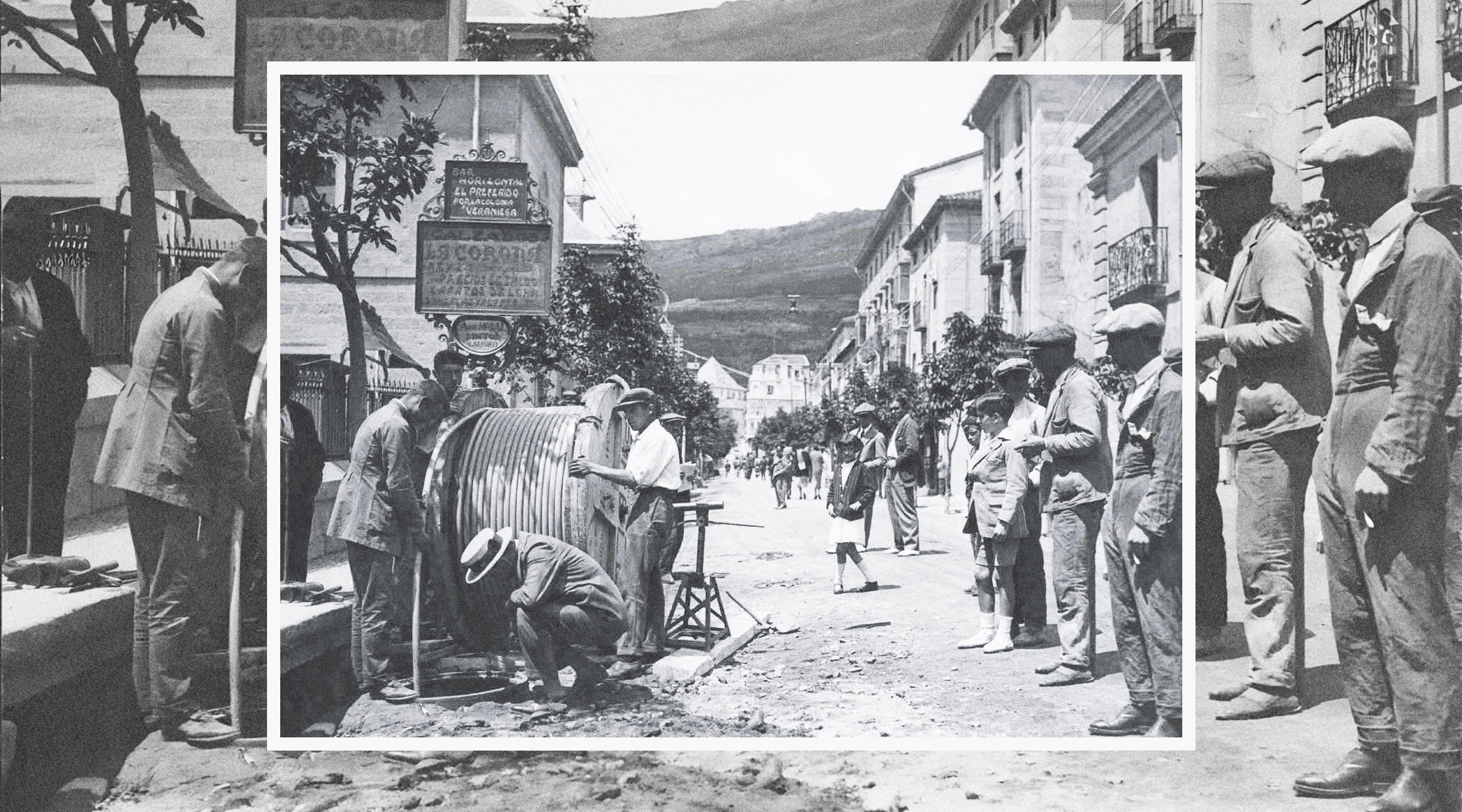
1925
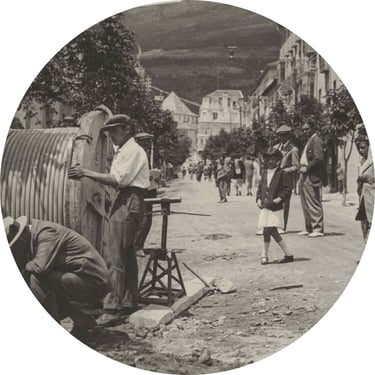
The Company gains momentum. Network deployments progress -also under the sea- and the CTNE starts to distribute shares among employees and to promote internal learning with the creation of its first technical school.
The first underground telephone cable
01
The first local telephone networks were built by laying aerial conductors, bare wires or cables that flew over rooftops, connecting the subscribers' lines to the exchange, supported by poles, metal towers or temples. In 1925, the CTNE also includes the use of underground cables in its plan to extend and modernise the telephone service. The first experience of this type of underground installation took place in El Escorial on 22 July, and thanks to it, the new urban system had 800 circuits, more than double the capacity of the old exchange. In the Spanish Telefónica Magazine we find the news full of enthusiasm explaining how four lead sheath cables with 200 pairs of copper wires each were laid, highlighting the uniqueness of the place: "It is hard to imagine a more meaningful or beautiful starting point. On 22 July 1925, the victorious past and, without doubt, our brilliant future joined hands at El Escorial". En la Revista Telefónica Española nos encontramos la noticia llena de entusiasmo al explicar cómo se tendieron cuatro cables de cubierta de plomo con 200 pares de hilos de cobre cada uno, destacando lo singular del lugar: “Es difícil imaginar un punto de partida más significativo ni más bello. El día 22 de julio de 1925 se dieron la mano en El Escorial el victorioso pasado y, sin duda, nuestro brillante porvenir”.
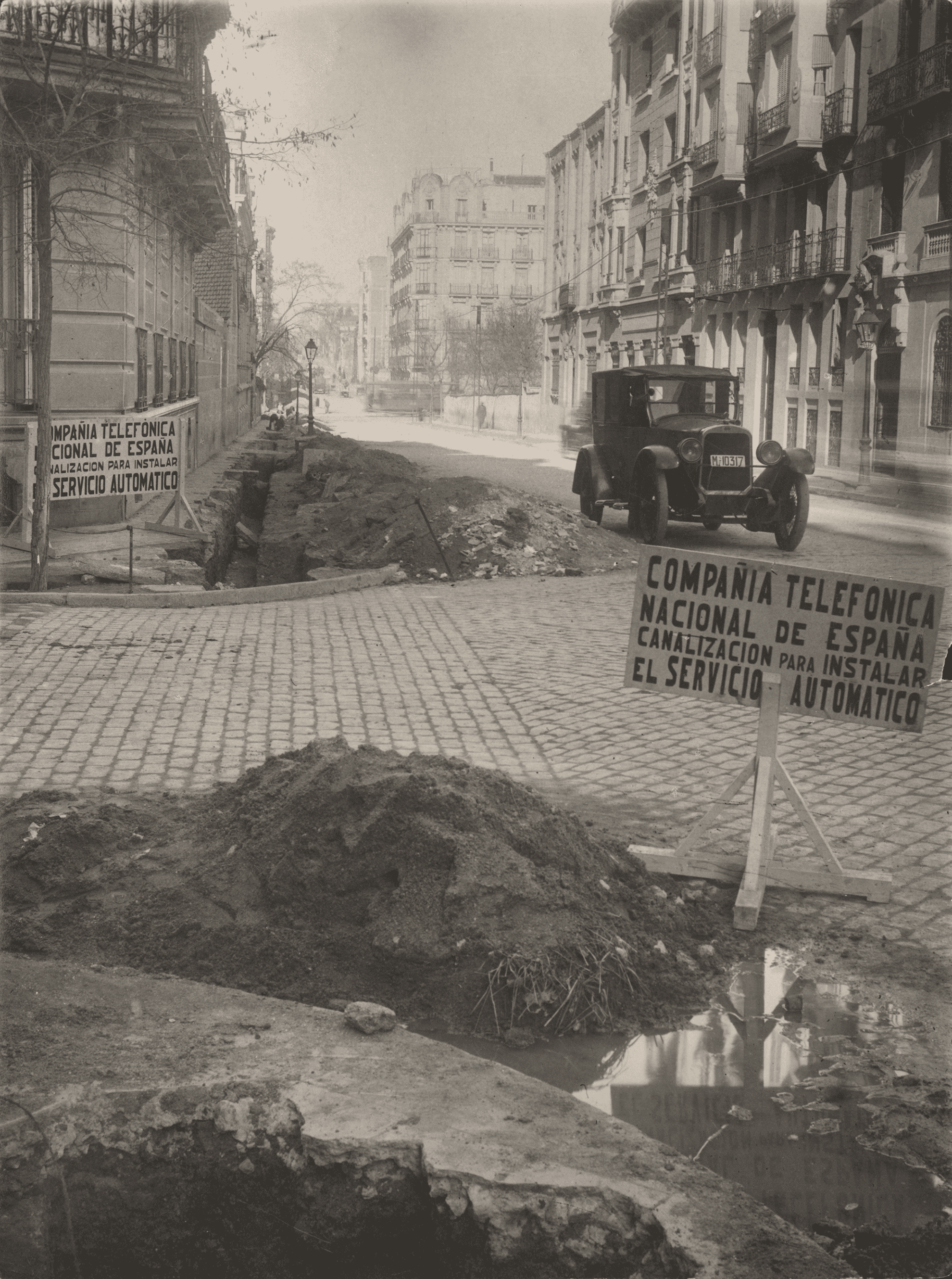
Saving the lottery
02
The second year of CTNE's life is filled, not surprisingly, with a lot of firsts. The company is growing, subscribers are multiplying and the service is slowly becoming part of people's lives. A good example is the Christmas Lottery draw, a day of emotions in which communications are especially important. In that year, 1925, in the early hours of the morning before the draw, the Madrid sky broke up in water and lightning, and the still incipient telecommunications network ceased to function. In one of those technical feats that would later, throughout the century, become the "trademark of the house", the CTNE technicians worked all night and at the time of the draw, for the peace of mind of journalists, correspondents, authorities and expectant citizens, the draw could be broadcast perfectly. La compañía crece, los abonados se multiplican y el servicio va tímidamente instalándose en la vida de la gente. Un buen ejemplo es el sorteo de la Lotería de Navidad, un día de emociones en el que las comunicaciones son especialmente importantes. En ese año, 1925, la madrugada anterior al sorteo el cielo de Madrid se rompió en agua y rayos, y la todavía incipiente red de telecomunicaciones dejó de funcionar. En uno de esos alardes técnicos que después, a lo largo de todo el siglo, serían “marca de la casa”, los técnicos de la CTNE trabajaron toda la noche y a la hora del sorteo, para tranquilidad de periodistas, corresponsales, autoridades y ciudadanos expectantes, el sorteo pudo retransmitirse perfectamente.
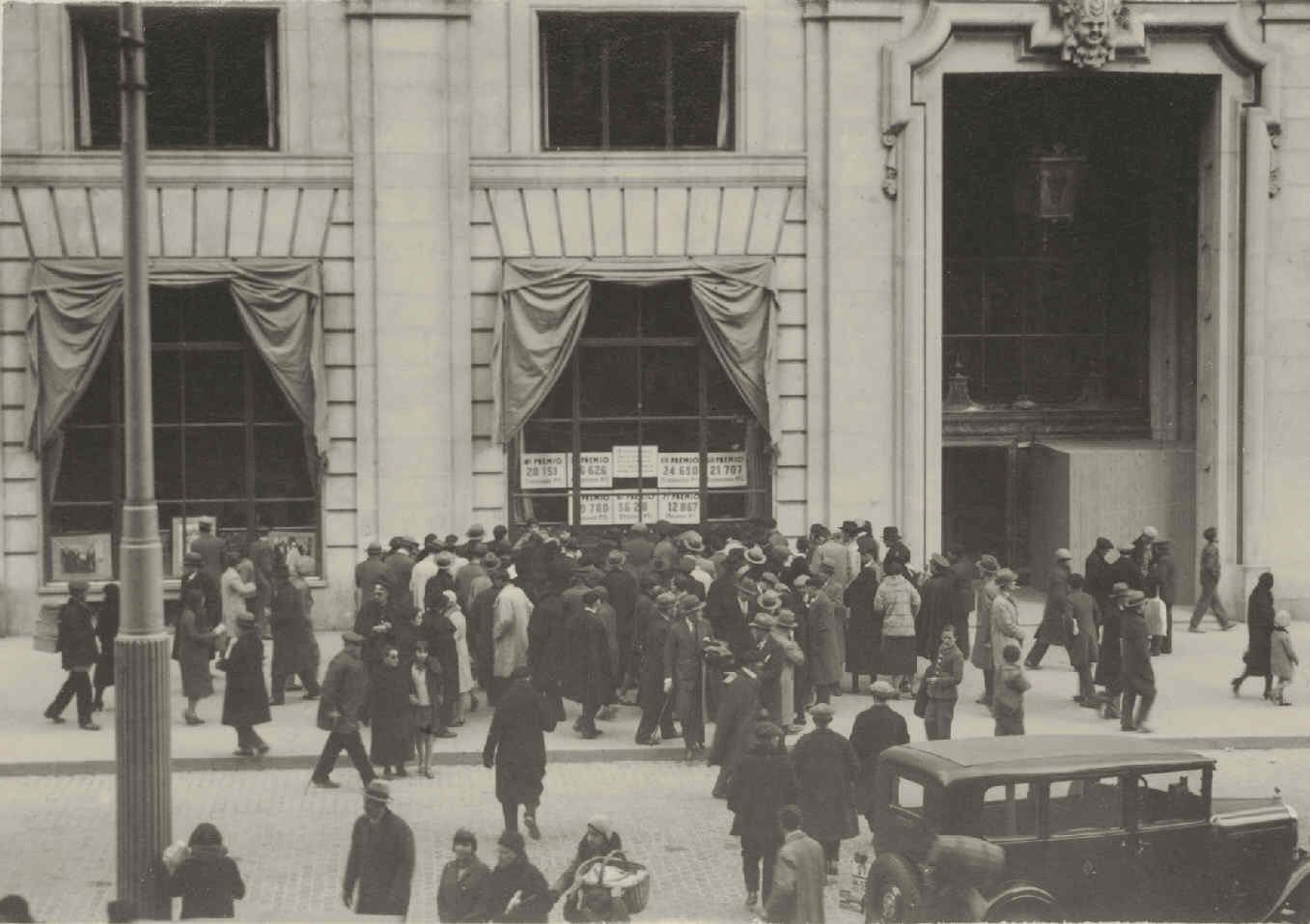
The company is better if it belongs to everyone
03
Another of Telefónica's defining principles to this day, which also began in 1925, is the certainty that everything is better if employees are shareholders and, therefore, owners of a piece of what they are helping to build. This approach, now so widespread, was pioneering and revolutionary at the time, but it was clear to CTNE that the best prescribers are the employees themselves. Employee share plans start on this date at the rate of one share for every 2,400 pesetas - 15 euros - of annuity. The shares were then worth 500 pesetas, so they could pay them month by month without too much loss in their paychecks, and, thanks to the dividends, the workers also shared in the company's profits - which they themselves, through their work, helped to produce. This year also sees the issue of shares to the Spanish public, and their confidence is not to be expected. On 20 October, four times the amount (23,700,000 pesetas - 142,440 euros) of the preference share issue is subscribed in 48 hours. Este planteamiento, ahora tan extendido, fue pionero y revolucionario en su momento, pero la CTNE tuvo claro que los mejores prescriptores son los propios empleados. Los planes de acciones para empleados comienzan en esta fecha a razón de una acción por cada 2.400 pesetas –15 euros- de anualidad. Las acciones eran entonces de 500 pesetas, con lo que podían pagarlas mes a mes sin demasiada merma en sus nóminas, y, gracias a los dividendos, los trabajadores participaban también de los beneficios de la empresa -que ellos mismos, con su trabajo, contribuían a producir-. Este año tiene lugar, además, la emisión de acciones al público español, y su confianza no se hace esperar. El 20 de octubre se suscriben en cuarenta y ocho horas cuatro veces el importe (23.700.000 pesetas - 142.440 euros-) de la emisión de acciones preferentes.
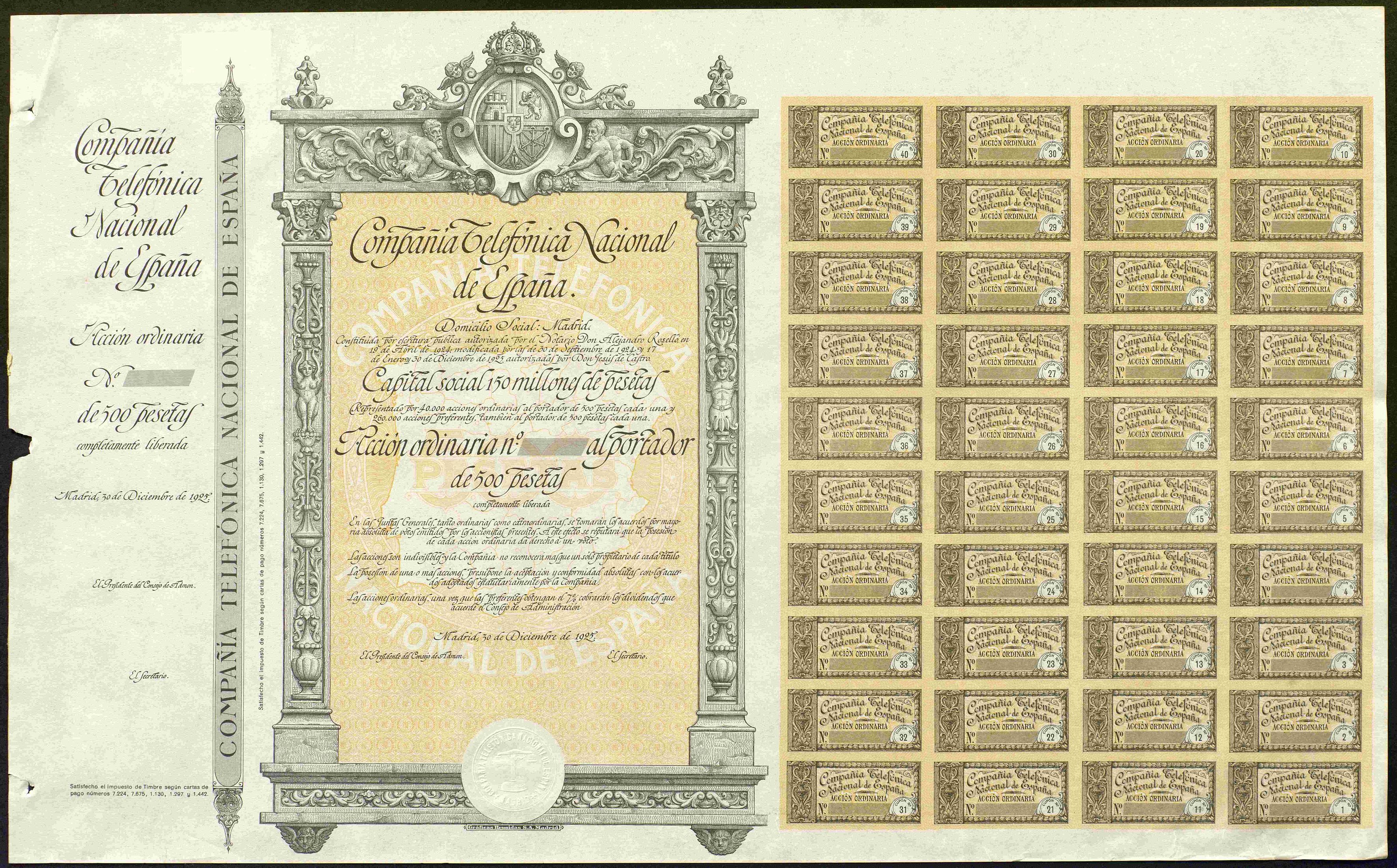
If you want experts, train experts
04
Since 2007, Telefónica has had one of the best corporate universities in the world, but before that, long before that, the company had already understood that it is not enough to attract and retain talent, it is also necessary to make it flourish. Since 1925, CTNE has been training its professionals in the profiles it needs to continue to grow. This is the year of the birth of the Technical Training School, the great breeding ground for fitters and splicers who were later able to help many other companies in their operations, from Romania or Bulgaria, to China! CTNE technicians were considered to be the best in their specialities and the School became a world reference. Desde 1925, la CTNE forma a sus profesionales en aquellos perfiles que necesita para seguir creciendo. Es el año del nacimiento de la Escuela de Formación Técnica, la gran cantera de instaladores y empalmadores que después pudieron ayudar a otras muchas compañías en sus operaciones, desde Rumanía o Bulgaria, ¡hasta China! Los técnicos de la CTNE pasaban por ser los mejores en sus especialidades y la Escuela se convirtió en una referencia mundial.
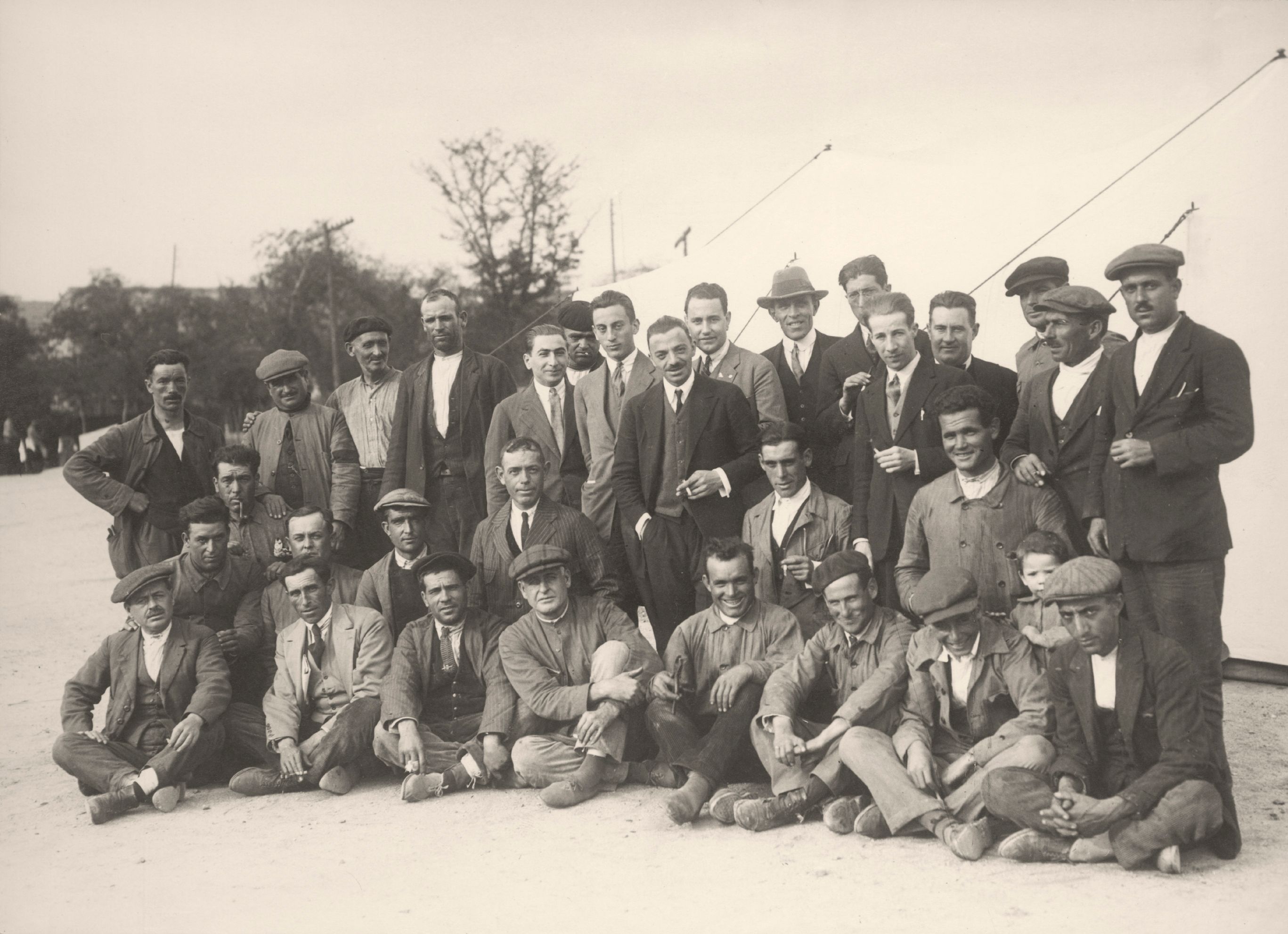
Do you have doubts about what happened?
Ask Aura